Wilson Dynapower Driver Vs. Wilson D9 Driver
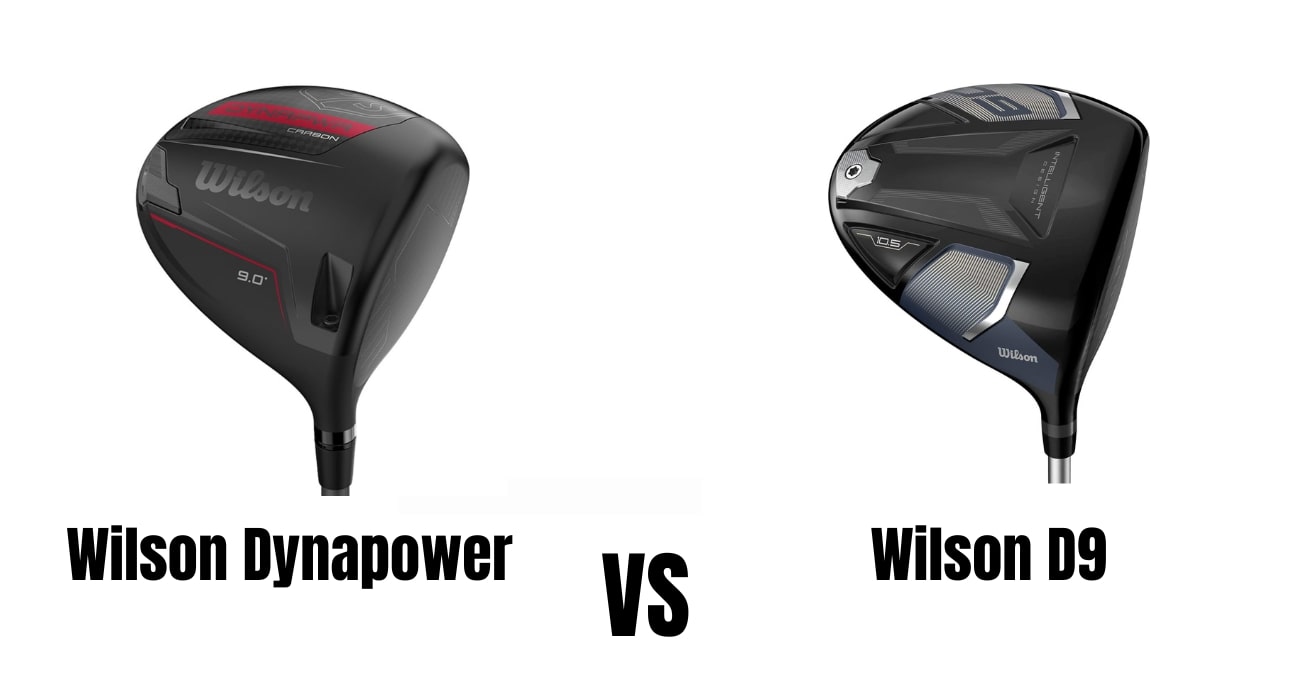
There are some franchises within brands that mean a lot to companies.
Think of Callaway’s Big Bertha or Rolex’s Datejust, as examples. These are precious brands that companies only use when they have something truly special to offer, they are protected names.
Wilson have a special name and this year they have re-released it. Dynapower is a franchise that is very precious to Wilson and one that really catapulted the brand forward. They have won more majors than any other brand and this year the Dynapower driver has been reimagined.
Wilson Dynapower Driver Overview
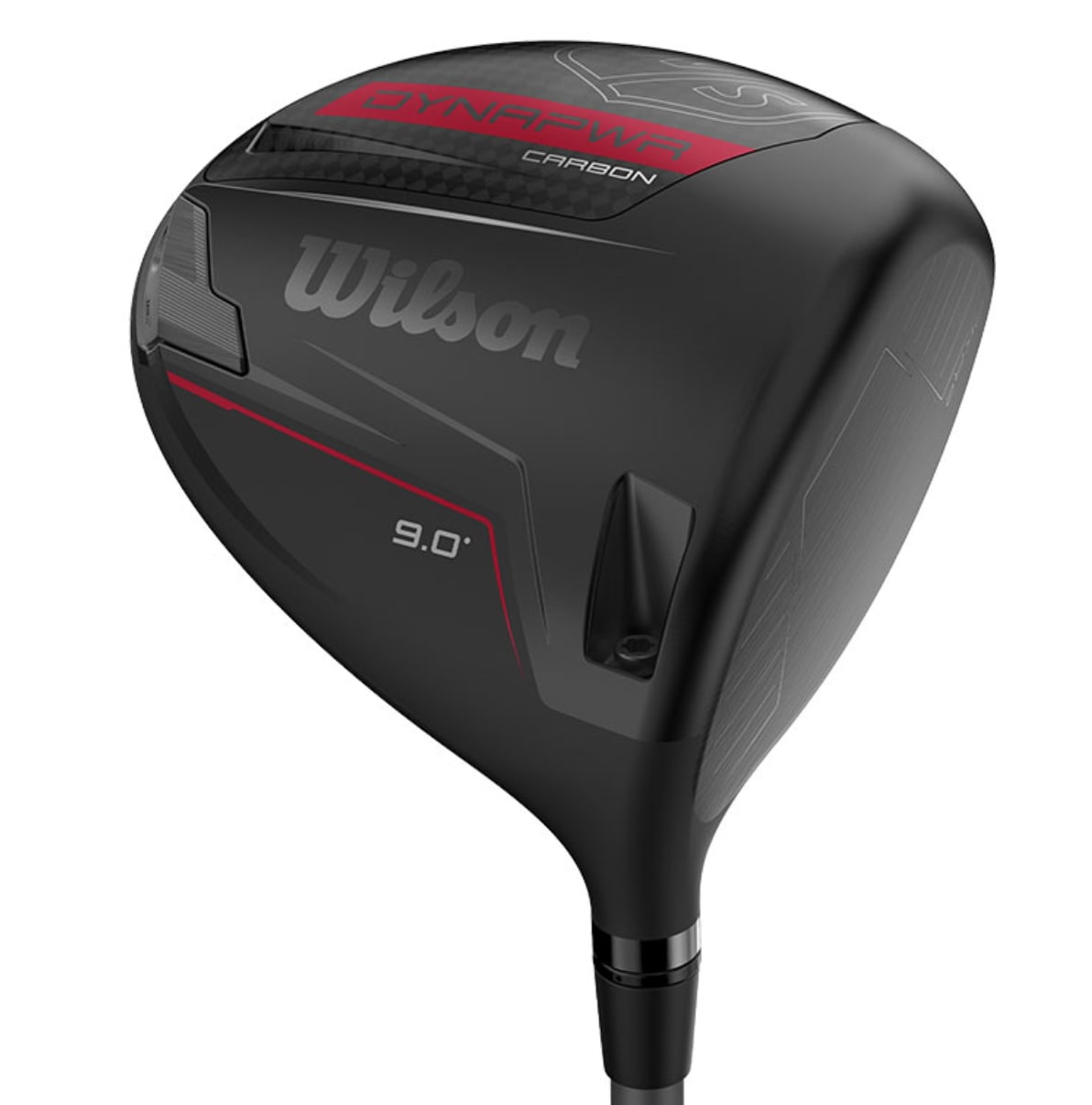
Coming in two different head models, one made of carbon and one made of titanium, Wilson have created the Dynapower drivers on the shoulders of the D9 models.
The engineers at Wilson employed AI to develop the most forgiving and fastest driver possible.
First things first, the head shape of this driver is stunning. Wilson are putting the reputation of this special franchise on the line as they relaunch these clubs. The carbon head is the tour preferred model whereas the titanium head is more aimed for forgiveness and the average golfer.
Wilson D9 Driver Overview
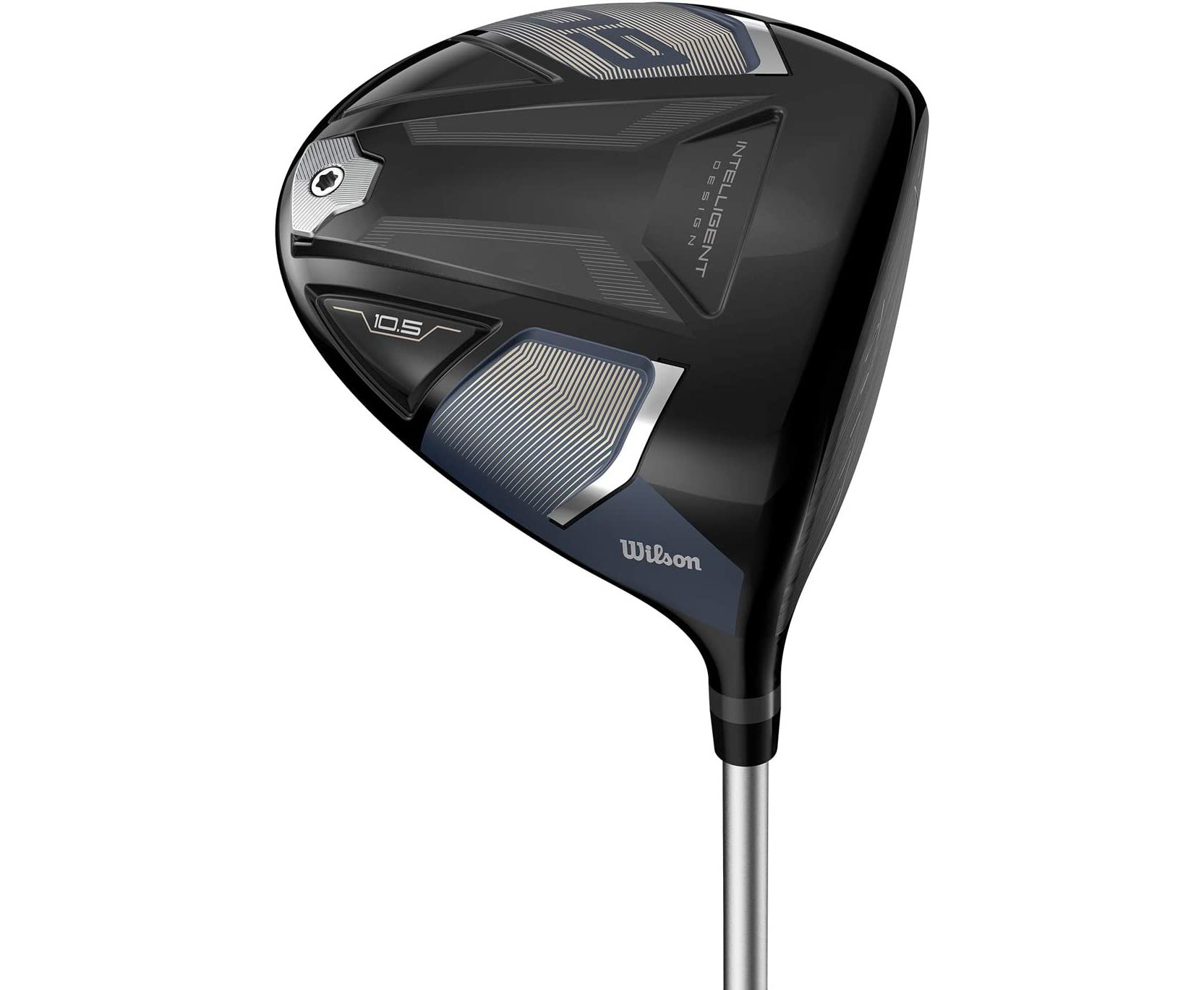
The D9 was created to help with launch and to give golfers the best chance of getting the ball flying optimally from the tee. Interestingly, and maybe a little refreshingly, this is a non-adjustable driver.
It was created to maximise forgiveness and used AI to drive its development.
This was, until the Dynapower, the most technologically advanced driver head that Wilson had ever made. The shape of the head is a classic and pleasing pear drop which inspires confidence due to its clean look at address.
Wilson Dynapower Driver First Impressions
The club looks great at address.
I personally prefer the look of the carbon head as I love that crown with the carbon fibre visible. It feels great to hit and makes a really pleasing dull thud at impact. This driver launches low and has a beautifully stable flight. Impressive stuff.
Wilson D9 Driver First Impressions
In contrast to the matte paintwork of the Dynapower, the glossy black D9 is stunning.
I prefer the looks of this driver at address than the newer model. This driver flies a little high for me but it does feel really nice to hit and also sounds great.
Wilson Dynapower Driver Key Technologies
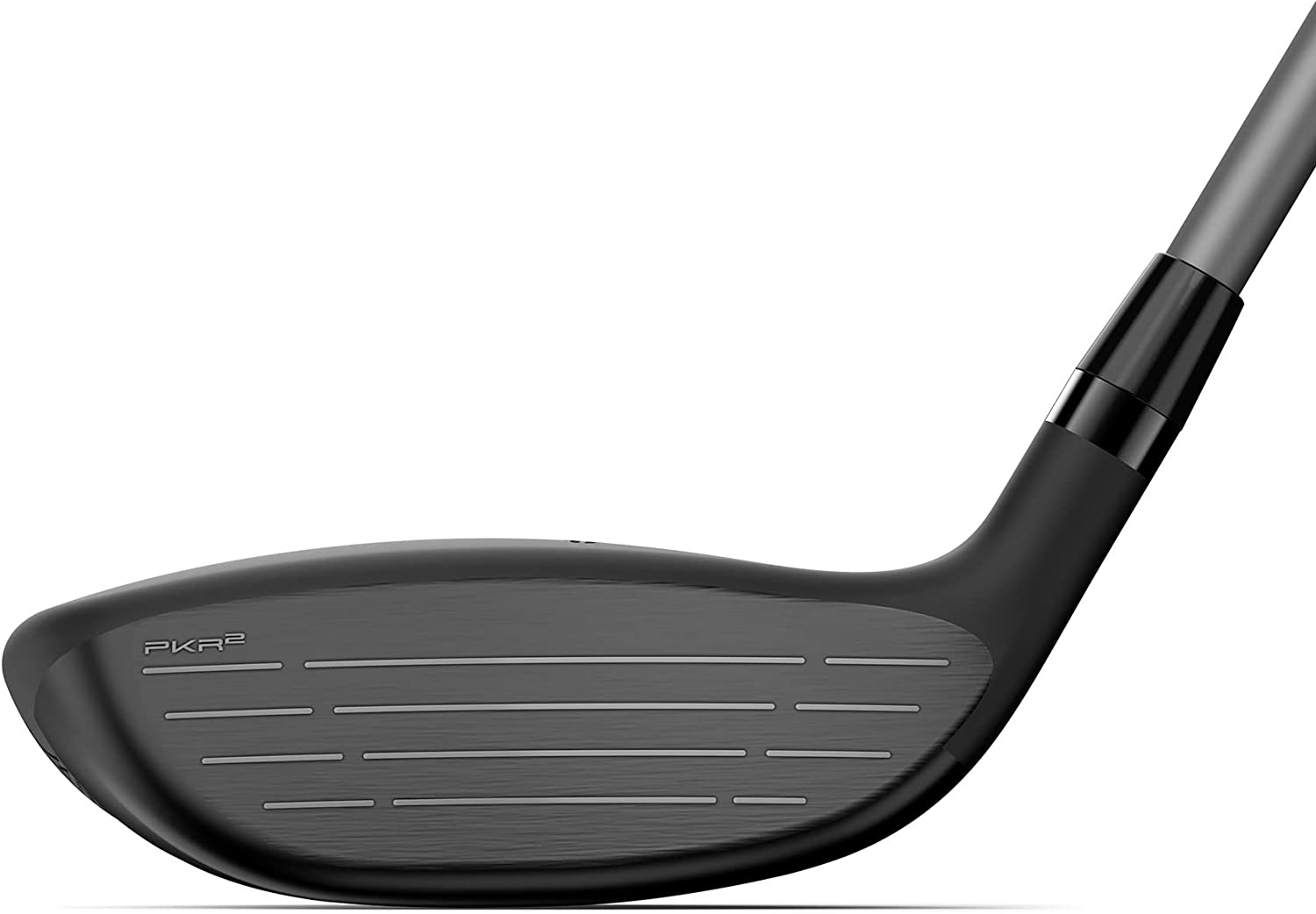
Well, the first key technology to mention has to be artificial intelligence.
The carbon driver is built with a neutral and low-spin head to maximise workability and reduce spin. They have also employed variable face thickness technology to ensure off-centre hits fly as well as they can.
The titanium model is built with slightly more of a draw bias to help those who struggle more with a slice. The centre of gravity of the driver is slightly further back on this club to increase the forgiveness through higher moment of inertia (MOI) numbers.
Wilson D9 Driver Key Technologies

The face of the Wilson D9 driver is crafted in fractal sections to maximise forgiveness and the sweet spot available for golfers.
This, in turn, brings about incredible ball speed across the face which can bring more distance to most golfers.
This driver is built in three layers which are made of Kevlar and carbon fibre. This composite material construction gives faster ball speeds, better launch conditions and it also sounds great. Acoustics may seem superficial but they are certainly something I appreciate!
Wilson Dynapower Pros and Cons
Pros
- Two distinct models to benefit different golfers
- Dynamic hosel allows rapid loft and lie tweaks
- Variable face thickness helps off-centre strikes fly more consistently
Cons
- Testing suggests that this driver doesn’t fly as far as competitors
- Dynapower titanium also spins a little more than most competitors
Wilson D9 Pros and Cons
Pros
- This driver creates great launch conditions, especially for mid-handicap golfers
- Beautiful looking driver, especially at address
- The D9 represents a great value option
Cons
- The shaft options on this driver aren’t great
- This driver doesn’t go as far as rivals
Who Should Buy The Wilson Dynapower Driver?
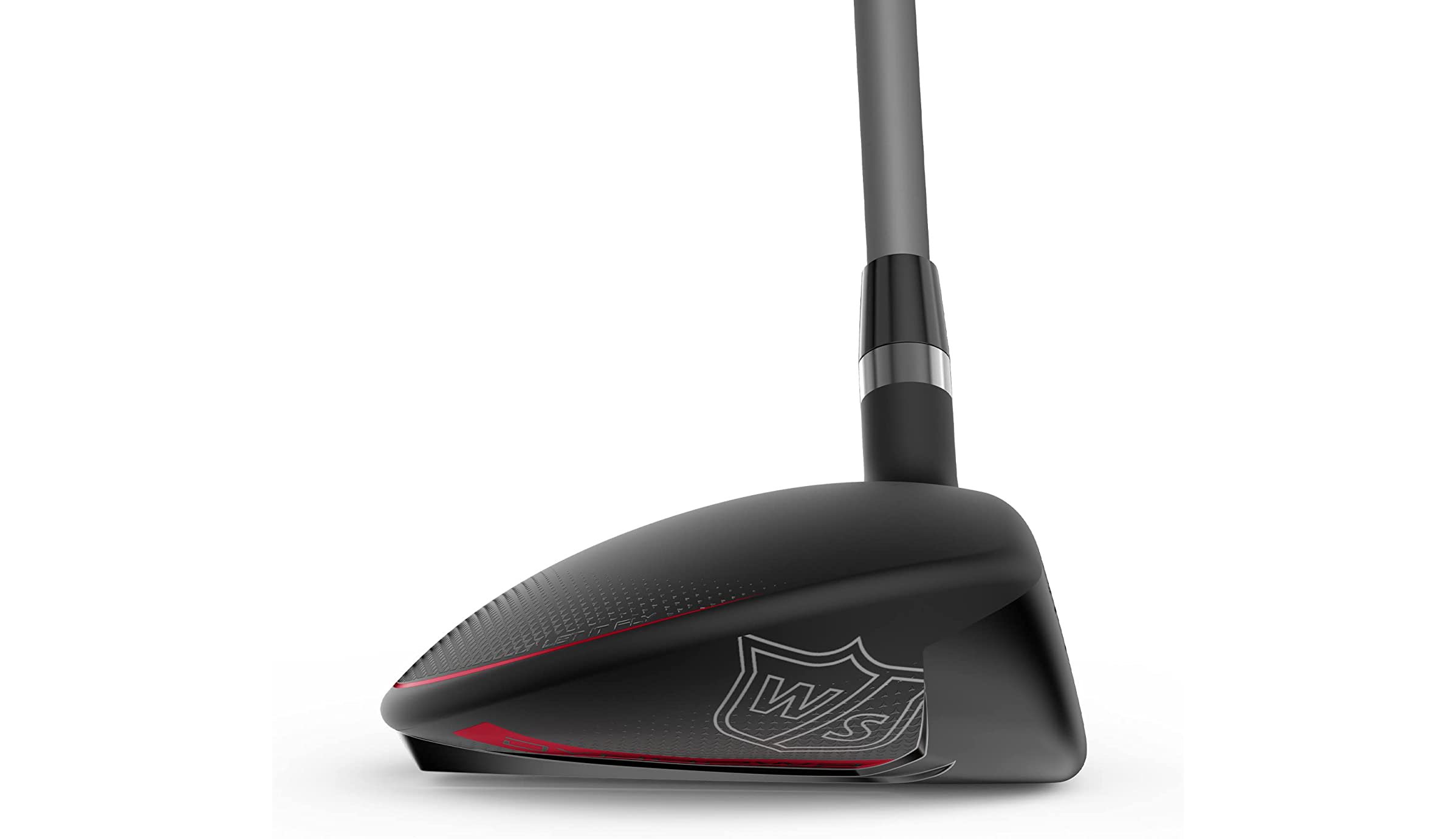
Clearly this is a two part answer thanks to the multiple models on offer with the Dynapower.
They are so distinct that one answer won’t work.
Carbon Head
The Dynapower carbon head is the tour preferred model, and as such, is design for highly-skilled and elite golfers. The low spin head is made for golfers with higher club speeds from 110mph and above. Golfers who want a fast driver that gives forgiveness when needed should look at this.
Titanium Head
The titanium version of the Wilson Dynapower is great for those who seek maximum forgiveness. It is designed to ensure that off-centre hits fly as well as possible whilst well-struck shots will be launched optimally. It is great for those with mid-speed swings around 90-100mph or so.
Check Out More Reviews Here:
Who Should Buy The Wilson D9 Driver?
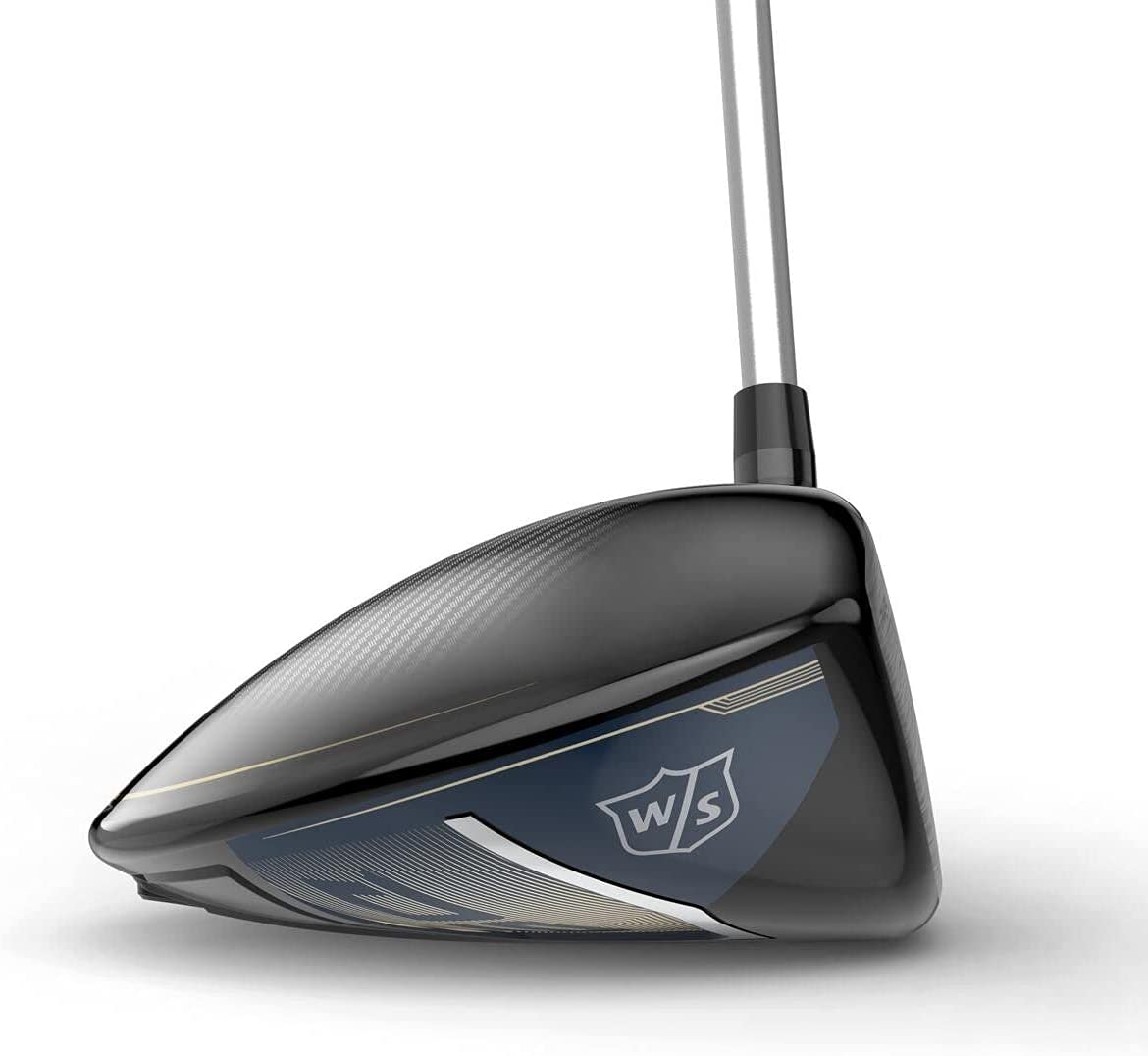
The Wilson D9 driver is a bit of a “jack of all trades” and is incredibly versatile in which golfers can play the club.
I would say that elite golfers probably wouldn’t see great returns from this club but those with a low to mid swing speed could see great benefits from the club.
Golfers who need to get a bit of help to launch the ball efficiently would see the D9 bring advantage to their game. The driver may not fly as far as its rivals but it is incredibly consistent and sometimes giving up distance for accuracy is not a bad thing.
Check Out More Reviews Here:
Conclusion
Wilson is a wildly underrated golf brand, I admit at this point that I used to play Wilson clubs.
They provide unrivalled value with their clubs and have a heritage in golf that surpasses almost all other manufacturers. Dynapower is a franchise that means a lot to Wilson so you can bet it is great.
With a Wilson driver, D9, Dynapower or otherwise, you are buying into this heritage. They are made for the average golfer and elite golfer alike. This new line-up for 2023 represents Wilson staking their claim that they want to be back up at the top of the golfing tree.



